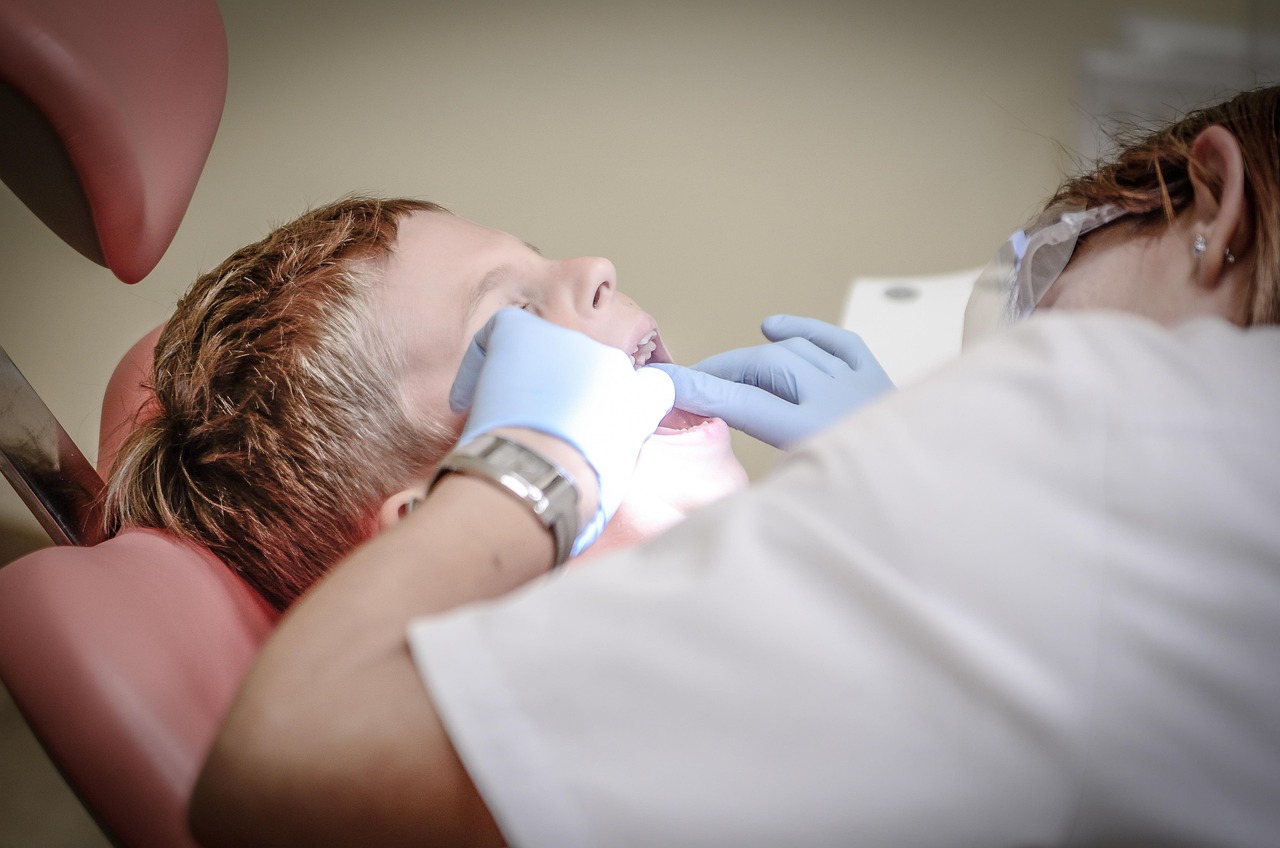TL;DR
- Mild oozing for 24 hours can be normal; heavy, persistent bleeding is not
- Use firm pressure with gauze or a moistened tea bag for 20–30 minutes
- Avoid spitting, rinsing, or using straws for 24 hours to protect the clot
- Seek urgent help if bleeding soaks multiple gauze pads or doesn’t slow
Some bleeding or pink saliva after a tooth extraction is common. The key is forming and protecting a stable blood clot. Here’s how to manage normal bleeding—and when to get help.
1. What’s Normal
- Oozing or light bleeding (pink saliva) for up to 24 hours.
- Slight taste of blood is common.
- Minor spotting on your pillow the first night.
2. Reduce Bleeding at Home
- Fold clean gauze, place over the site, and bite down firmly for 20–30 minutes without peeking.
- Alternatively, use a moistened black tea bag (contains tannins that support clotting).
- Keep your head elevated; avoid heavy exercise.
3. Protect the Clot (First 24 Hours)
- No spitting, rinsing, or straws (suction can dislodge the clot).
- Avoid smoking or vaping.
- Eat soft, cool foods and chew on the opposite side.
4. When to Call the Dentist or Seek Urgent Care
- Bleeding heavily enough to soak multiple gauze pads after repeated pressure.
- Bleeding that doesn’t slow after 1–2 cycles of 30-minute pressure.
- Signs of dizziness, weakness, or uncontrolled pain.
If you take blood thinners or have a bleeding disorder, follow your dentist’s specific instructions and call if bleeding seems excessive.
5. After 24 Hours
- You may begin gentle saltwater rinses (1/2 tsp salt in a glass of lukewarm water) after meals.
- Continue soft foods for 24–48 hours.
Conclusion
Firm pressure and clot protection resolve most post-extraction bleeding. If bleeding persists or is heavy, contact your dentist or seek urgent care promptly.


